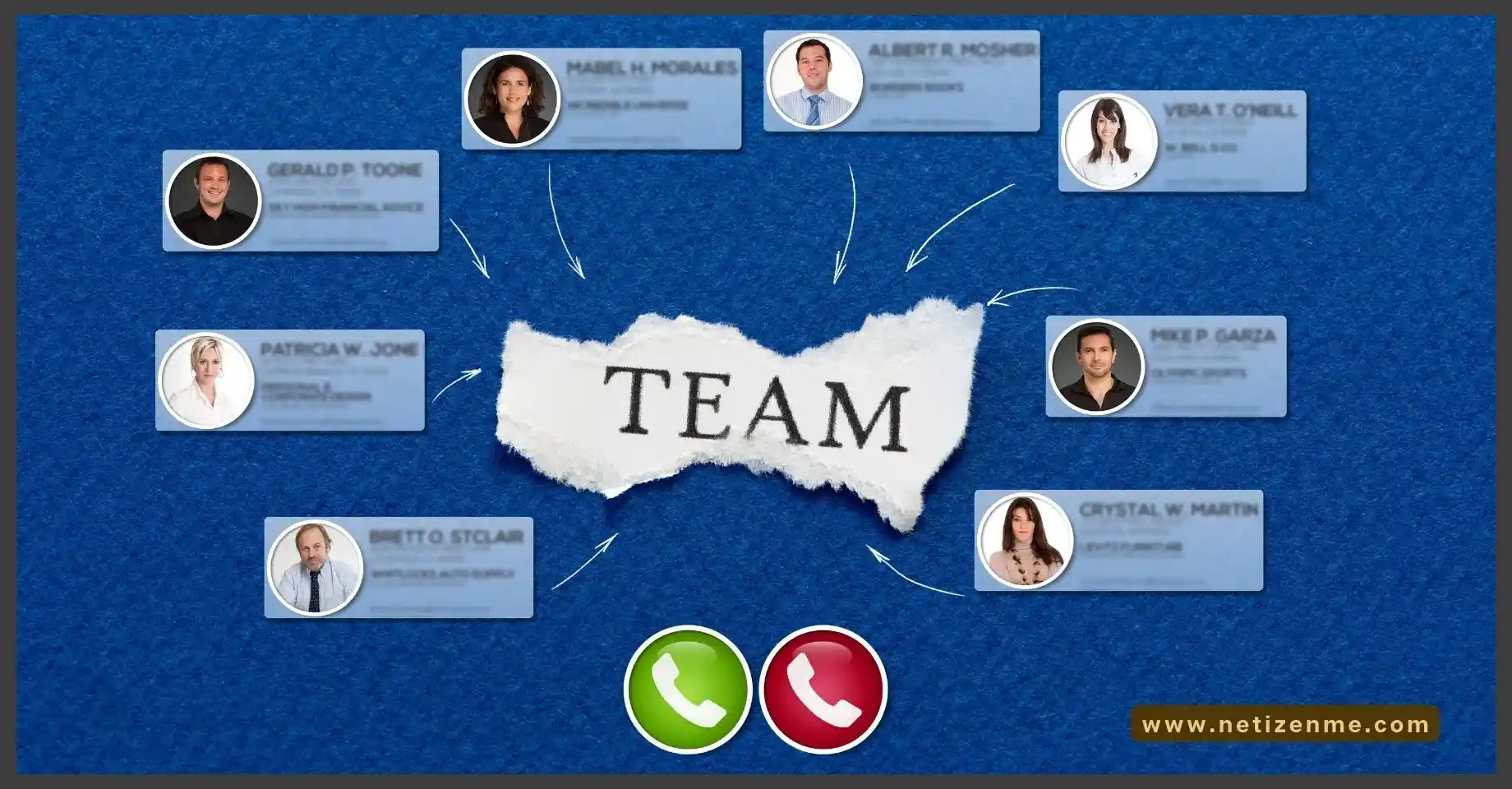Virtual Intercultural Teams Communication
Global companies increasingly rely on virtual teams for long- and short-term projects. However, communicating across cultures using technology can be challenging, and virtual intercultural teams’ communication becomes more complex. Language and cultural barriers, technology, distance, and time zone differences complicate communication in global intercultural teams.
Issues of communication between virtual and intercultural teams and how to avoid/ solve them
- Language barrier: Language is the primary source of problems for communication in intercultural virtual teams. “Studies show that language mastery is essential for successful intercultural verbal communicative interaction in multicultural teams” (Steenhuis, 2019).
English, Spanish, Japanese, and Chinese are significant business languages today. Therefore, a team must agree on the language and management to provide necessary language training. Also, management can overcome this barrier by selecting virtual team members with great care.
- Cultural differences: Cultural differences can influence team members’ attitudes towards communication, information sharing, leadership, and conflict resolution. They also influence approaches to task completion, work styles, and decision-making styles. Thus, cultural differences increase the potential for misunderstandings when primarily using digital means to exchange information.
How to handle most of the challenges created by cultural differences?
- Seek to understand and leverage team diversity. For example, teams can set up an expertise directory and skills matric to ensure team members are matched with tasks they are best suited to.
- Provide cross-cultural training to aid in establishing and maintaining trust
- Appoint a designated leader or manager
- Create a team charter to provide guidelines and clarify performance expectations
- Promote “an open environment that leaves rank and ego at the door allowing everyone to have an equal voice” (Dubberke, 2021).
- Time differences: Time becomes a problem when team members in different time zones need some of their activities to be synchronized. The time difference means that individuals can be a day behind or ahead in getting tasks done.
To solve this problem, provide a shared collaboration platform that is well managed and ensures all team members are always in the loop. Also, ensure group deliverables and schedules are communicated in advance. “By including project details along with the ability to share data and insights across borders and time Zones instantly, cross-cultural virtual teams increase their potential contribution to the business” (Dubberke, 2021).
- Available technology: While technology allows virtual teams to function correctly, it creates additional challenges. For example, some team members may not access new communications infrastructures like ISDN, especially in rural areas. Others may be subject to later release dates for software. Other challenges may include incompatible networks, slow computers, and traffic on the web.
Consider carrying out technical competence training while harnessing the best communication tools and style to handle this problem. In addition, team leaders should ensure all members have enough time to be familiar with the chosen communication tools.
What are the benefits of working/studying with multicultural teams?
- Increased organizational efficiency: Different organizations use virtual teams for increasing efficiency in vast activities domains, such as research and development, knowledge management, learning and training, manufacturing, marketing, and others.
- Cost efficiency: Communicating virtually represents a more cost-effective way to exchange information. It reduces the stress, time, and costs of travelling and arranging face-to-face meetings.
